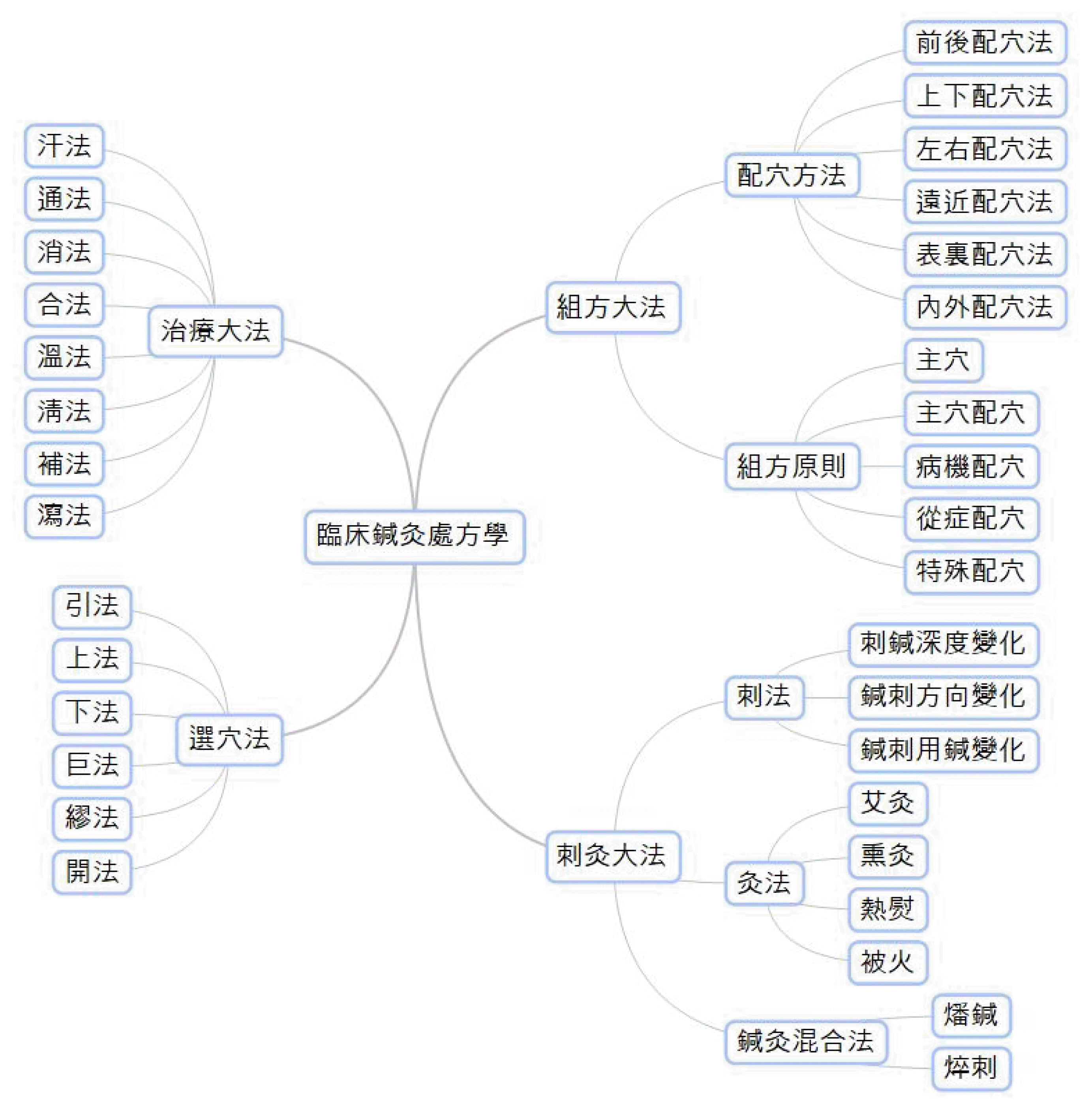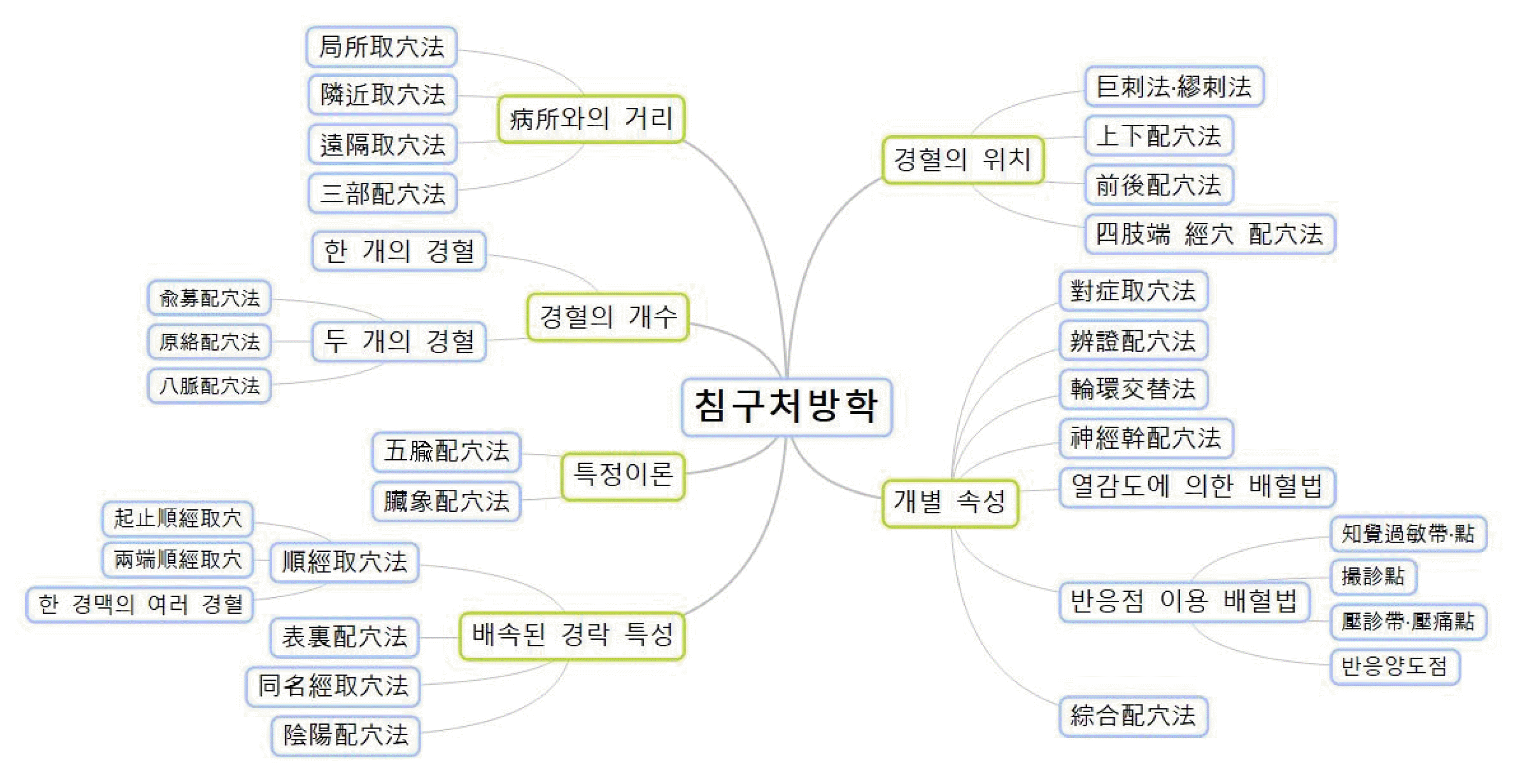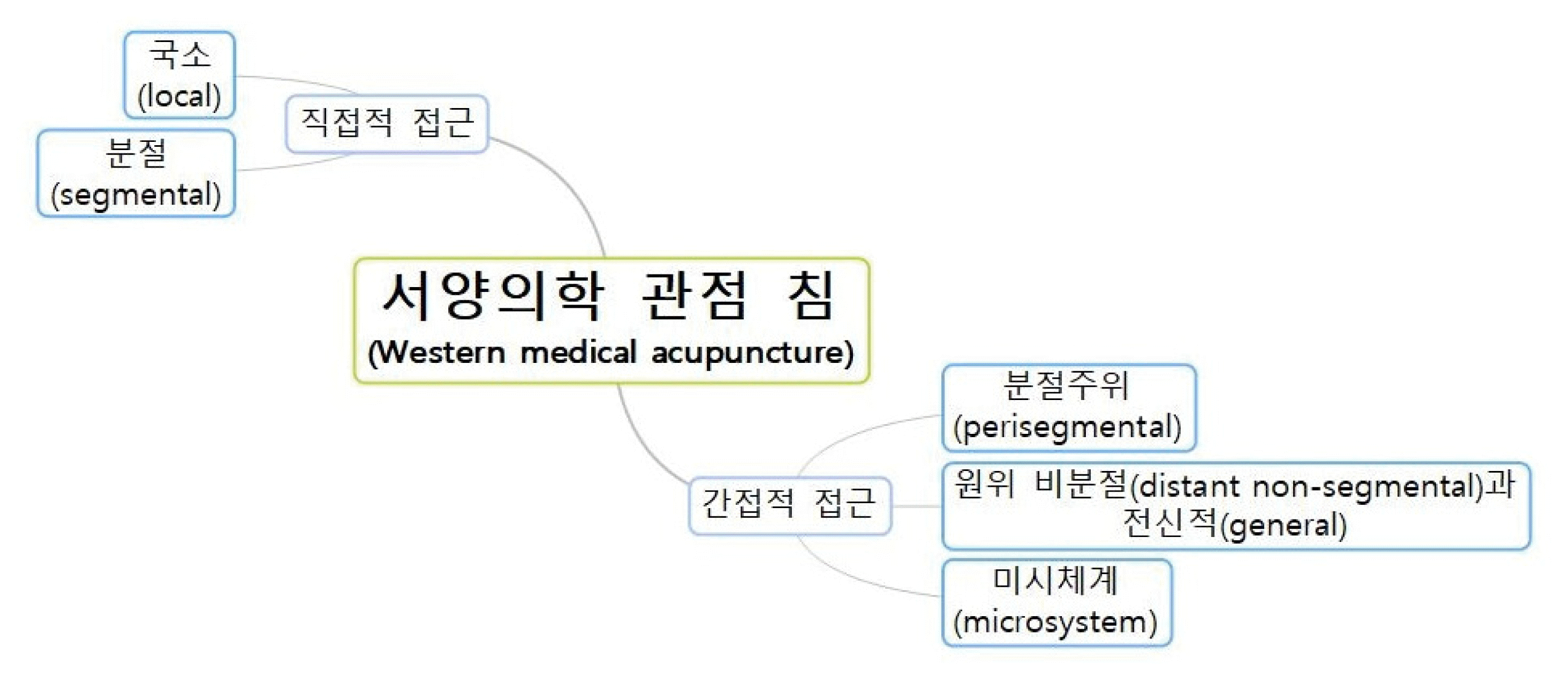References
1. White A, Cummings M, Filshie J. Introduction. In : Filshie J, White A, Cummings M, eds. Medical Acupuncture:A Western Scientific Approach 2nd edth ed. Seoul: Hanmi Medical Publishing Co; 2019. p. 3–5.
2. Park JE, Oh DS, Shin SH, Choi JY, Koo CM, Kim AR, et al. Analysis of Recent Trends in Clinical Research Publications on Acupuncture and Moxibustion Studies. Korean Journal of Oriental Medicine 2007;13(2):101–12.
3. Park JE, Jung HJ, Kim AR, Jung SY, Hwang HS, Choi SM. Current State of Pain Treatment in Oriental Medicine. The Journal of Korean Medicine 2011;32(2):23–41.
4. Heo JS, Yang SY, Lim SA, Lee JM, Kang JY, Sun SH, et al. A manual acupuncture treatment attenuates common cold and its symptoms:a case series report from South Korea. Journal of Traditional Chinese Medicine 2016;36(6):724–9.
5. Ryu CR, Cho MR, Kim JP. 2nd rev. edth ed. A study of Clinical Prescription of Acupuncture and Moxibustion(臨床鍼灸處方學) Daejeon: Jumin Publishing Co; 2006. p. 1–40.
6. Choi SM. Discovery and triangular position of Korean acupuncture and moxibustion treatment techniques Korea Institute of Oriental Medicine Research Report; 2005. p. 1–118.
7. Han CH, Park JE, Ahn SW, Choi SM. A Survey about the recognition regarding the Korean acupuncture method and research direction. The Journal of Korean Medical history 2005;18(1):89–101.
8. Yoo JH, Kim YY, Park KH, Jang ES, Lee SW. A Study on the Sasang Constitutional application of Clinical Acupuncture. Korean Journal of Oriental Medicine 2010;16(3):15–22.
9. Committee of textbook compilation in Korean Acupuncture & Moxibustion medicine Society. 2nd rev. edth ed. The Acupuncture and Moxibustion 2. Gyeonggi Province:Jibmundang 2008. p. 283–316.
p. 527–39.
10. Editorial department of MinjungBookstore. 6th rev. edth ed. Essence Korean language dictionary Gyeonggi Province: Minjungseorim Co; 2016. p. 2274.
11. Institute of traditional medicine. Dictionary of Oriental medicine(東洋醫學大辭典) Seoul: Seongbosa; 2000. p. 702. p. 2357.
12. Compilation committee of Dictionary of Korean medicine. Dictionary of Korean medicine Seoul: Jungdam Publishing Co; 1998. p. 1610–1.
13. Lee KW. 3rd rev. edth ed. Edited, annotated and translated Huangdi’s Internal Classic-Plain Questions(編注譯解 黃帝內經素問) 3Seoul: Yeokang; 2010. p. 497–9.
14. Chae MS. A study of Prescription of Acupuncture and Moxibustion Seoul: Bubin Publishing Co; 2013. p. 18–40.
15. Cummings M. Western medical acupuncture-the approach to treatment. In : Filshie J, White A, Cummings M, eds. Medical Acupuncture: A Western Scientific Approach 2nd edth ed. Seoul: Hanmi Medical Publishing Co; 2019. p. 95–7.
p. 102–3.
16. Her J. Translation of Donguibogam(東醫寶鑑) Gyoungsangnam-do: Donguibogam publisher; 2005. 146p. 803. p. 956.
17. Kim H. A Study on the Origin of “醫者意也”. The Journal of Korean Medical history 1999;19(2):249–61.
18. Baek DJ. Sincheon clinical acupuncture(信天臨床鍼法) Seoul: Jungdam Publishing Co; 2004. p. 3.
19. Kye KY, Kim BS. A Study on Consideration of the Concept and the Directions in Further Research of Meridian Points(經穴) Based on Symbloic Mathematical Study(象數學). The Journal of Korean Medicine 2020;41(2):9–22.
20. Lee BH, Lee SN, Kim DJ, Kim JW, Lim SC, Jung TY, et al. A study on the Fixed- and Transformed-pattern of Saam Acupuncture Treatment. The Journal of Korean Acupuncture & Moxibustion Society 2008;25(5):17–25.
21. Kim DH. Pictorial and historical researched Sa-am acupuncture therapy(圖解校勘 舍岩道人鍼法) Busan: Sogang Publishing Co; 2008. p. 18.
22. Kim SC, Kim SH, Noh SH, Park SD, Byun SH, Suh BI, et al. 2nd rev. edth ed. Formula Study(方劑學) Seoul: Yeongrim Publishing Co; 1999. p. 40.
23. Lǚ YE, Lǚ YQ, Lǚ YD. Clinical theory of acupuncture point’s pair(臨床對穴論) Daejeon: Jumin Publishing Co; 2006. p. 17–8.






